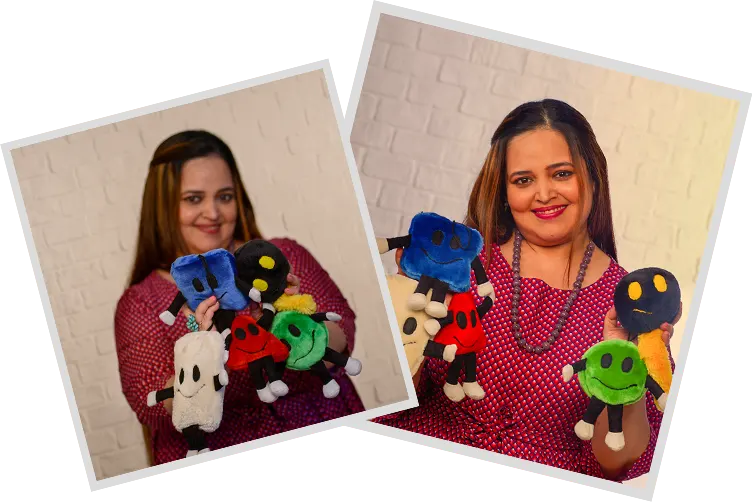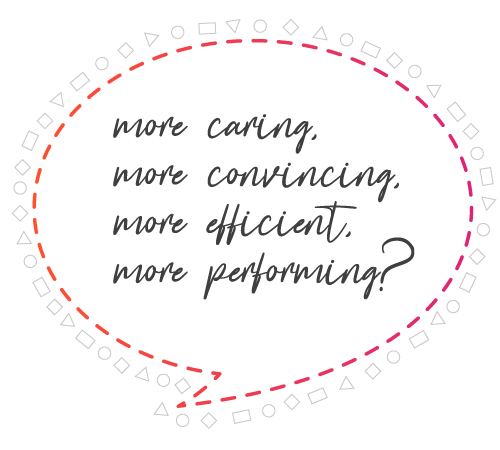
You will agree with me that 87% of business issues are due to the lack of inter-personal communication and not due to skill deficiencies.
The objective of every successful business is to create and maintain positive results in profits and performance. A high-performing team is cultivated with a culture that enables the employees to give their best and maximizes their full potential.

Many scholars and professionals working in the field of Psychology believe that people’s personalities can be put into different categories. This helps in understanding people better on a deeper level.
One method that Psychologists and Therapists use is PsychoGeometrics.
PsychoGeometrics is a personality analysis system that categorises people’s personalities into 5 shapes. Founded by Dr. Susan Dellinger in 1989, it is based on the notion that we are all attracted to certain geometric shapes and behave according to the character traits of that particular shape.
A person’s core belief, value system, thinking patterns, emotional reactions, and behaviour patterns have an emotional impact on performance.
When we manage ourselves and our relationships better, it positively influences our productivity and performance.
When we understand the core needs, core expectations, and core leadership styles of ourselves or of another person, we become better skilled at influencing performance.


With the help of Psycho-Geometrics®, you can interpret your personality and find strategies to communicate more effectively. This also answers the critical question, ‘Why do people behave the way they do’?
Founded by Dr. Susan Dellinger in 1978, Psycho-Geometrics® is a powerful tool for visual thinking and communication that brings in a better understanding of different personality types and styles.

Here is a brief description of all the shapes:
Circle: They are the most sensitive and loving of all the shapes. Circles are focused on the wellbeing of others and on maintaining harmony. They are uncomfortable with conflicts.
Square: The hard worker, this shape is typically a very organised, logical, dependable, cautious and tends to have some perfectionistic tendencies.
Triangle: They are ambitious, goal oriented, adept at taking charge, and exerting authority. They are adrenaline junkies and prone to addictions.
Rectangle: They are in a learning phase and searching for something new in their lives. They experience internal stress and confusion. They are seekers!
Squiggle: These personalities tend to be exceptionally creative, expressive, flamboyant, dramatic and witty. They have a tendency to be hyper-active and have short attention span.
Get a customized report that gives you practical tips and strategies to improve communication, innovation, and creativity.
With a coach, develop skills, apply the principles of PsychoGeometrics, and get hand-holding for growth and success.
Apply your new skills & knowledge in real-world situations, such as team meetings, presentations, negotiations, & conflict resolution.
When you understand the motivations and personalities of others, you can expand your communication style, flex your style and instantly connect with others—even those who appear to be difficult to relate to!
If you want to improve your leadership skills, build stronger relationships, or simply gain a better understanding of yourself, PsychoGeometrics can provide you with the tools you need to succeed.

© Copyright 2023 Payal Irani | Designed with Love by Brand My Style